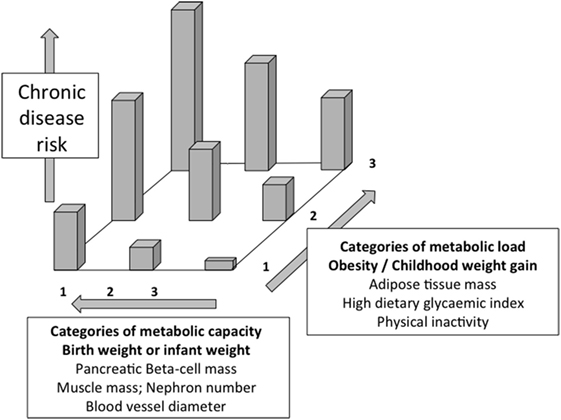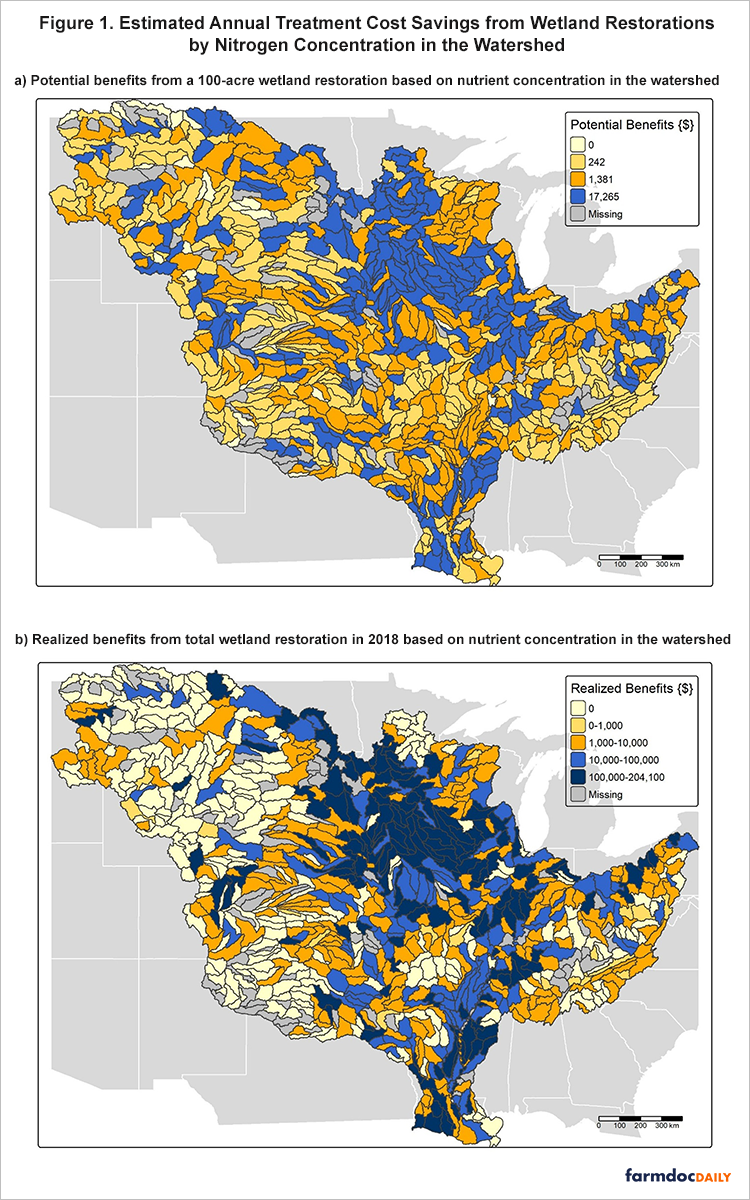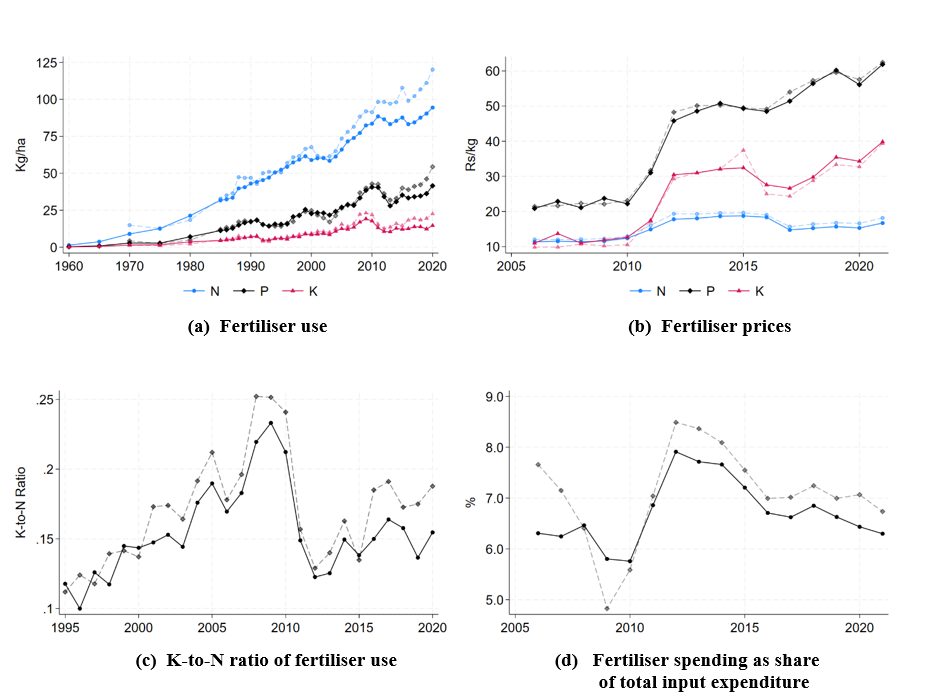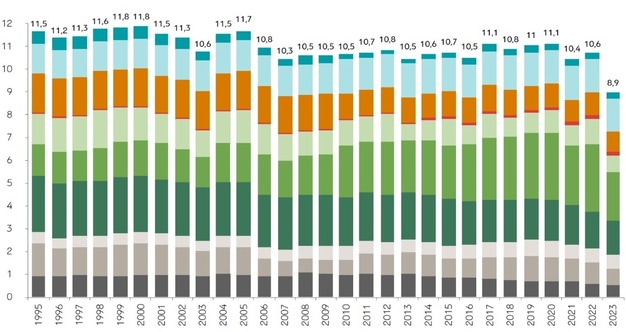Association of socioeconomic status with BMI differs by sex and position on BMI distribution among participants in the Cebu Longitudinal Health and Nutrition Survey (CLHNS) – Nature

Report on Socioeconomic Determinants of Body Mass Index in the Philippines and Implications for Sustainable Development Goals
Executive Summary
A longitudinal study conducted in Cebu, Philippines, examined the complex relationship between socioeconomic status (SES), urbanization, education, and Body Mass Index (BMI) among young adults. The findings reveal significant gender-based disparities and highlight critical challenges and opportunities for achieving several Sustainable Development Goals (SDGs), particularly SDG 2 (Zero Hunger), SDG 3 (Good Health and Well-being), SDG 4 (Quality Education), SDG 5 (Gender Equality), and SDG 10 (Reduced Inequalities). The associations vary not only by sex but also across the entire BMI distribution, indicating that targeted, nuanced public health strategies are required to address the dual burden of malnutrition in dynamic, urbanizing economies.
1.0 Study Objective and Scope
The primary objective was to assess how variables associated with the nutrition transition impact BMI in young adults within a rapidly urbanizing region of the Philippines. The study aimed to:
- Analyze the association of socioeconomic status, urbanicity, and education level with BMI.
- Determine if these associations were consistent across different BMI levels (from underweight to obese).
- Investigate how these patterns differ between males and females, providing insights relevant to SDG 5 (Gender Equality).
2.0 Methodology
2.1 Data Source and Sample
The analysis utilized data from the Cebu Longitudinal Health and Nutrition Survey (CLHNS), a long-term study that provides robust data for examining health trends. Data was drawn from survey rounds in 2002, 2005, 2009, and 2018, focusing on a cohort of young adults aged 21–35 years.
2.2 Key Variables and Analysis
- Outcome Variable: Body Mass Index (BMI).
- Exposure Variables:
- Socioeconomic Status (SES): Represented by a household asset index, a key indicator for assessing progress under SDG 10 (Reduced Inequalities).
- Urbanicity: Measuring the degree of urban development, relevant to SDG 11 (Sustainable Cities and Communities).
- Education Level: Current educational attainment, a critical factor for SDG 4 (Quality Education).
- Analytical Approach: Quantile regression was employed to examine the relationship between the exposure variables and BMI at different points of the BMI distribution. Models were stratified by sex and adjusted for confounding factors.
3.0 Key Findings and Their Relation to SDGs
The study reveals divergent health and nutrition pathways for young men and women in Cebu, reflecting broader challenges in sustainable development.
3.1 Findings for Male Young Adults
- Socioeconomic Status (Household Assets): A strong, positive correlation was found between the household asset index and male BMI. This association strengthened between 2005 and 2018, indicating that higher wealth is linked to higher BMI. This pattern is characteristic of many lower- and middle-income countries (LMICs) and poses a challenge to SDG 3 (Good Health and Well-being) by linking economic improvement with increased risk of overweight and obesity.
- Education: In 2018, a college education was positively associated with BMI for males in the lower and middle ranges of the BMI distribution. This suggests that for men, higher education does not yet confer the protective effect against weight gain seen in high-income countries, highlighting a complex interaction between SDG 4 (Quality Education) and health outcomes.
- Urbanicity: No significant association was found between urbanicity and BMI in males.
3.2 Findings for Female Young Adults
- Socioeconomic Status (Household Assets): The link between wealth and BMI was more complex. A positive association was only observed in 2005 among parous women (those who have given birth) with mid-to-high BMI. This nuanced finding underscores the importance of considering life-stage factors when designing interventions for SDG 5 (Gender Equality) and SDG 3 (Good Health).
- Urbanicity: In 2018, urbanicity was associated with lower BMI at the 0.25 quantile but higher BMI at the 0.75 quantile. This suggests urban environments may simultaneously exacerbate risks for both underweight and overweight, reflecting the “double burden” of malnutrition central to SDG 2 (Zero Hunger).
- Education: A college education was negatively associated with BMI in females, with the strongest protective effect seen in those with the highest BMI (0.75 quantile). This trend, akin to high-income countries (HICs), suggests that for women, achieving SDG 4 (Quality Education) may be a powerful tool for promoting SDG 3 (Good Health and Well-being).
4.0 Conclusion and Implications for Sustainable Development
The associations between socioeconomic factors and BMI are not uniform; they differ significantly by gender and an individual’s position on the BMI spectrum. This complexity is crucial for developing policies aimed at the SDGs.
- Gendered Health Trajectories (SDG 5): Males in Cebu exhibit a health-wealth relationship typical of LMICs (higher SES, higher BMI), while females show a pattern more aligned with HICs (higher education, lower BMI). This divergence necessitates gender-specific public health strategies to ensure equitable progress toward SDG 3.
- The Double Burden of Malnutrition (SDG 2 & SDG 3): The findings illustrate the ongoing nutrition transition, where undernutrition and obesity coexist. Addressing this requires integrated policies that promote healthy diets and lifestyles for all, tackling the root causes of all forms of malnutrition as mandated by SDG 2.2.
- Inequality and Education (SDG 10 & SDG 4): The study demonstrates that the benefits of economic growth and education are not distributed equally and can lead to disparate health outcomes. To achieve SDG 10 (Reduced Inequalities), policies must address how socioeconomic factors translate into health risks, leveraging education as a protective factor, particularly for women.
These results will inform more detailed inquiries into the proximal factors, such as diet and physical activity, that determine BMI, ultimately supporting the creation of more effective and equitable health policies in the Philippines and other transitioning economies.
Analysis of Sustainable Development Goals (SDGs) in the Article
-
Which SDGs are addressed or connected to the issues highlighted in the article?
The article addresses several SDGs by examining the interplay of nutrition, health, socioeconomic status, education, and gender in an urbanizing area of the Philippines. The following SDGs are relevant:
-
SDG 2: Zero Hunger
The study’s focus on the “nutrition transition” and its assessment of Body Mass Index (BMI) directly relates to SDG 2, which aims to end all forms of malnutrition. The article investigates the dynamics of weight distribution, which includes both underweight and overweight/obesity, key components of malnutrition.
-
SDG 3: Good Health and Well-being
This is a central theme, as the article’s primary objective is to “assess the association of variables… with BMI among young adults.” BMI is a critical indicator of health, with high levels being a major risk factor for non-communicable diseases (NCDs). The study’s conclusion that its results will “inform a more detailed inquiry into more proximal factors determining BMI” aligns with the goal of promoting health and well-being.
-
SDG 4: Quality Education
The article explicitly uses “current education level” as a main exposure variable to understand its impact on BMI. The finding that “College education was negatively associated with BMI in females… but positively in males” highlights the crucial and complex role of education in influencing health outcomes and lifestyles.
-
SDG 5: Gender Equality
The study is fundamentally structured around analyzing gender differences. The methods state that “Models were stratified by sex,” and the results conclude that associations “differ among male and female young adults.” This direct analysis of gender-specific health patterns is central to SDG 5.
-
SDG 10: Reduced Inequalities
The research investigates how “socioeconomic status (SES) represented by a lagged household asset index” is associated with BMI. By finding that these associations vary across the BMI distribution and differ by sex, the article highlights health inequalities linked to economic status within a population.
-
SDG 11: Sustainable Cities and Communities
The study is set in a “dynamic urbanising area in the Philippines” and analyzes “urbanicity” as a key variable. Although it found no association for males, it identified “negative and positive associations at 0.25 and 0.75 quantiles in females in 2018,” connecting the urban environment to health outcomes.
-
-
What specific targets under those SDGs can be identified based on the article’s content?
Based on the article’s focus, the following specific targets can be identified:
-
Target 2.2: End all forms of malnutrition
The article directly addresses this target by studying the “nutrition transition” and its outcome on BMI, a measure for overweight and obesity. It examines how socioeconomic factors contribute to different forms of malnutrition in young adults.
-
Target 3.4: Reduce premature mortality from non-communicable diseases
By investigating the determinants of BMI, the study contributes to understanding the risk factors for obesity-related NCDs. The research aims to inform future inquiries and interventions, which is a foundational step for the prevention and control of these diseases.
-
Target 4.7: Ensure all learners acquire knowledge and skills needed for sustainable development
The study’s analysis of “college education” as a factor influencing BMI suggests a link between higher education and the knowledge needed for healthier lifestyles. The differing effects on males and females indicate that the impact of this knowledge may be context- and gender-dependent.
-
Target 5.c: Adopt and strengthen sound policies for gender equality
The conclusion that “Associations of SES-related variables with BMI… differ among male and female young adults” provides evidence supporting the need for gender-sensitive health policies. The study’s findings can inform the development of such targeted policies.
-
Target 10.2: Empower and promote the social, economic and political inclusion of all, irrespective of… sex, or economic or other status
The article’s use of a “household asset index” and stratification by “sex” to analyze health outcomes (BMI) directly examines how economic status and gender relate to inclusion and well-being, highlighting disparities that need to be addressed.
-
-
Are there any indicators mentioned or implied in the article that can be used to measure progress towards the identified targets?
The article mentions and uses several indicators that are directly relevant for measuring progress:
-
Body Mass Index (BMI)
This is the primary outcome variable of the study. It is a direct indicator for Target 2.2 (malnutrition, specifically overweight and obesity) and an implied indicator for Target 3.4, as it measures a key risk factor for NCDs.
-
Socioeconomic Status (SES) / Household Asset Index
The “household asset index” is used as a proxy indicator for economic status. Its association with BMI is used to measure health inequalities, making it a relevant indicator for Target 10.2.
-
Education Level
The study uses “current education level,” specifically “college education,” as an indicator to assess the acquisition of knowledge and skills that influence health behaviors, relevant to Target 4.7.
-
Sex-disaggregated Data and Parity
The stratification of all models by “sex” and the specific adjustment for “parity in females” are methodological choices that serve as indicators of gender-based differences in health, which is crucial for monitoring progress under SDG 5.
-
Urbanicity
The measurement of “urbanicity” is used as an indicator to assess the health impacts of living in urban environments, connecting to the broader goals of SDG 11.
-
-
Create a table with three columns titled ‘SDGs, Targets and Indicators” to present the findings from analyzing the article.
SDGs Targets Indicators SDG 2: Zero Hunger 2.2: End all forms of malnutrition. Body Mass Index (BMI) as a measure of overweight/obesity. SDG 3: Good Health and Well-being 3.4: Reduce premature mortality from non-communicable diseases. Body Mass Index (BMI) as a risk factor for NCDs. SDG 4: Quality Education 4.7: Ensure all learners acquire knowledge and skills for sustainable development. Level of education (“College education”). SDG 5: Gender Equality 5.c: Adopt and strengthen sound policies for gender equality. Sex-disaggregated data; Parity in females. SDG 10: Reduced Inequalities 10.2: Promote social and economic inclusion of all. Socioeconomic status (measured by “household asset index”). SDG 11: Sustainable Cities and Communities (Implied) Promote inclusive and sustainable urbanization. “Urbanicity” score.
Source: nature.com

What is Your Reaction?
 Like
0
Like
0
 Dislike
0
Dislike
0
 Love
0
Love
0
 Funny
0
Funny
0
 Angry
0
Angry
0
 Sad
0
Sad
0
 Wow
0
Wow
0
































_2.png?#)












































